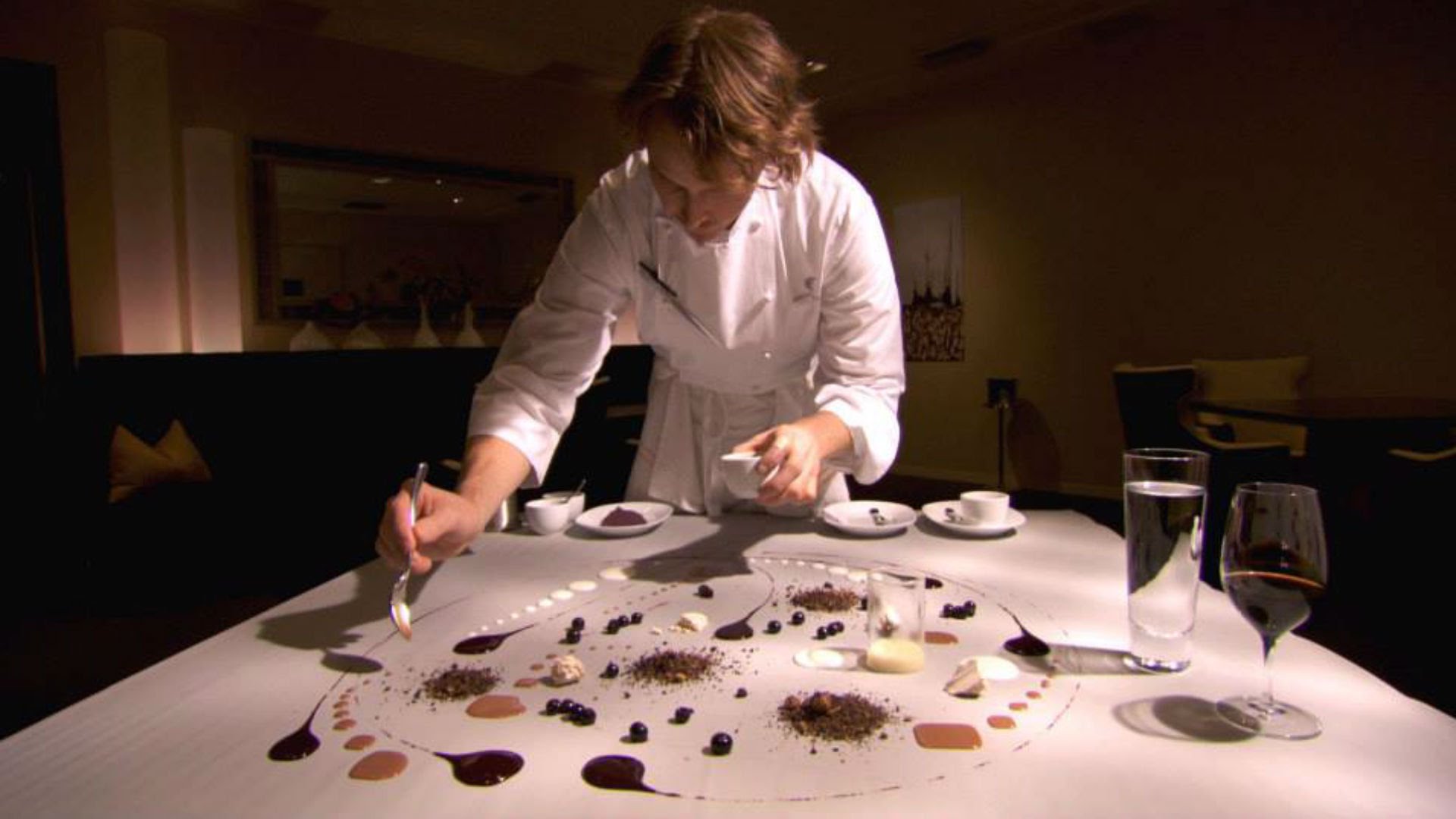
With series like “Chef’s Table” on Netflix and the Japanese “Midnight Diner” franchise, food media’s experiencing a renaissance on streaming services these days. Both series are beautifully constructed, but they’re bite-sized morsels. For some heartier helpings, look no further than food movies.
Few genres are as specific and mouth-watering. To make a good food movie, you’d best have some delicious courses on display. That way, even a bad food movie has something to drool over. But make no mistake. Putting together a cinematic meal worthy of Le Cordon Bleu is damn hard, but here are 10 tasty food movies that make it look easy.
1. Babette’s Feast

No food movie list would be complete without this Danish classic. Winner of the 1987 Best Foreign Language Film Academy Award, “Babette’s Feast” has turned heads in the worlds of food and movies alike. Upon its release, some lucky viewers got to try the very food from the movie.
Coinciding with the movie, a number of restaurants offered Babette’s famous 7 course meal for a limited time. While that may not be the case anymore, you can still live vicariously through the hungry and colorful characters on display here.
Based on author Karen Blixen’s short story of the same name, “Babette’s Feast” follows two sisters, Martine (Birgitte Federspiel) and Philippa (Bodil Kjer), as they remember their housekeeper Babette Hersant, a French chef and expatriate fleeing the bloody revolution in her home country.
Babette ends up serving as their cook for 14 years, injecting life into the village’s cuisine. Though she’s French, the villagers come to respect and accept her. One day, she wins 10,000 francs in a lottery. Instead of returning to Paris with it, she plans a lavish feast for the sisters and their congregation.
To call the movie delicious would be an understatement. It’s a delectable meditation on the way food keeps us apart and brings us together. Each dish serves a purpose in the story, and the final dinner that brings them all together is truly a feast for the eyes. Babette is a meticulous character, one who wants to show the village real French cooking while also keeping their identities intact. When everyone is gathered around that table, it’s easy to wish you were right there with them.
2. Sweet Bean
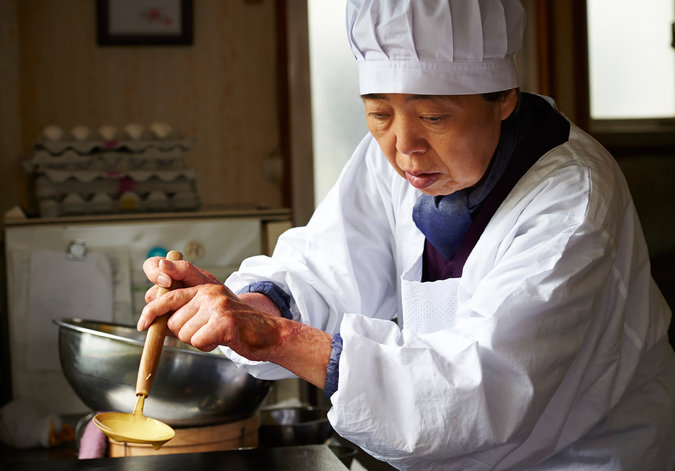
Our next movie is one of the more heartbreaking entries on our list. Despite its title, “Sweet Bean” has some bitter moments. When the going gets rough, Sentaro (Masatoshi Nagase) leans on his pastry shop to pull him through. Frequented mostly by younger kids, Sentaro serves dorayaki, a sponge/pancake with red bean paste.
With dorayaki demand high, Sentaro sends out a notice that he’s looking for co-workers. A much older woman, Tokue (Kirin Kiki) is one of the first to answer. Sentaro meets with her and doesn’t think she has what it takes because of her age and hands. But it only takes one taste of her bean paste to convince him otherwise.
In much the same way that “Babette’s Feast” does, “Sweet Bean” uses food as a cultural symbol. Before Tokue comes along, Sentaro uses factory made bean paste. Tokue’s recipe for the same spread is traditional to her family. Replacing the mass-produced with the homemade, Sentaro sees his business thrive even more, realizing that his tastebuds have been asleep for years.
That factory made stuff has taken away the freedom and fulfillment he used to find in his job. It takes a healthy dose of the old ways to reinvigorate his professional life. Through all this, the movie can be truly sad, but it never loses the lightness of Tokue’s dorayaki. If anything, “Sweet Bean” is a reminder that sometimes it’s okay to let your senses take over and just enjoy the taste.
3. Tampopo
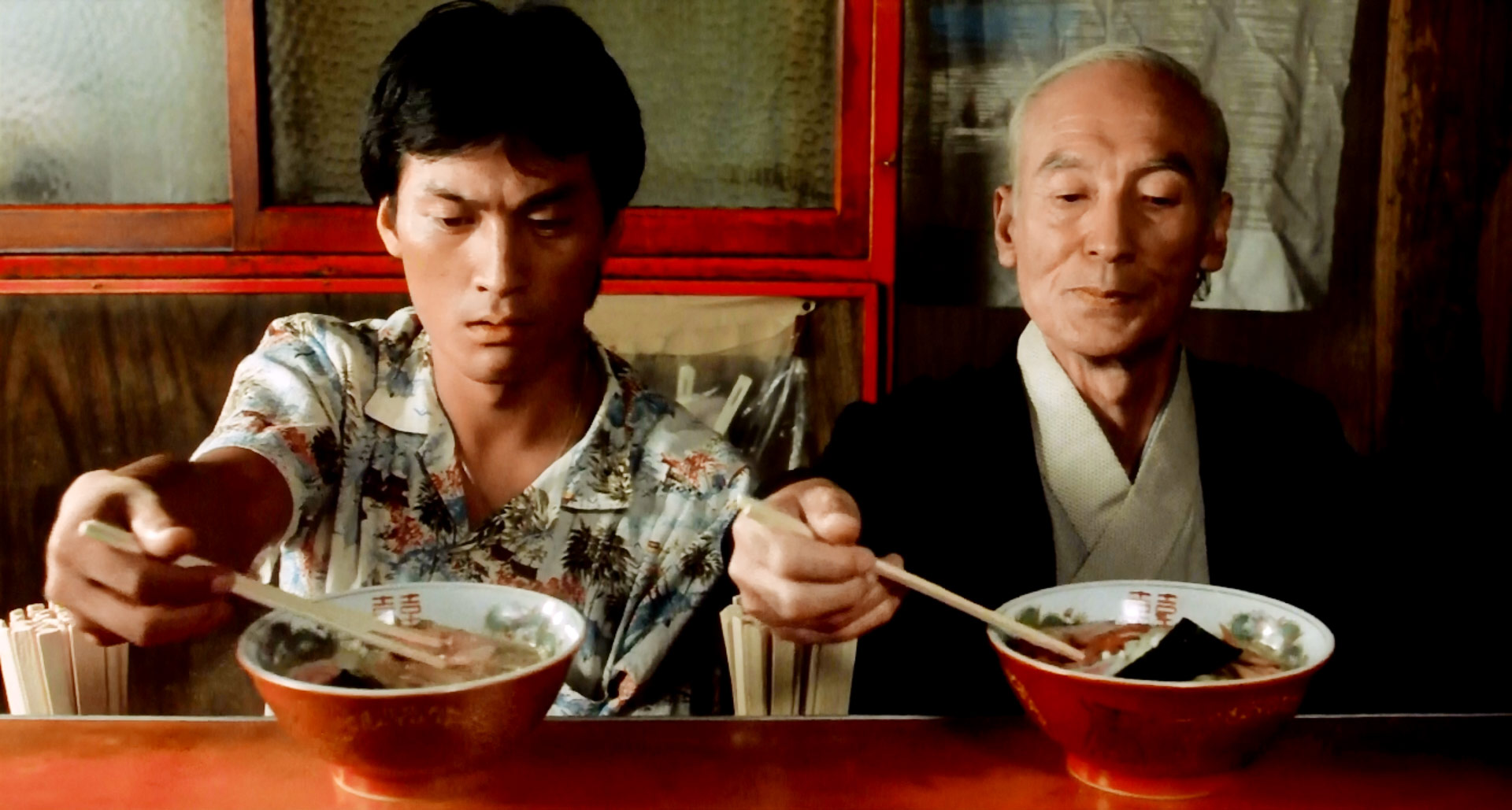
Japan’s answer to Spaghetti Westerns is “Tampopo,” affectionately called the first “ramen western.” This movie is the first of a few comedies on our list, but the others, save for one, aren’t quite as strange. If you can imagine the sensibility of Sergio Leone combined with Japan’s cinematic samurai tradition, you’re close to what watching “Tampopo” is like.
To put it a different way, imagine the best bowl of ramen you can think of, and the joy of slurping up those noodles, and you’ll know exactly what watching “Tampopo” is like. It’s just a lot of hilarious fun, but not so goofy that it feels fake. Each laugh is earned, and each bowl of ramen is prepared to perfection.
If it wasn’t clear already, it’s a feel good flick. Most of the people here are genuinely good and earnest, especially the ostensible main character Gorō (Tsutomu Yamazaki) and his sidekick Gun (Ken Watanabe). They stop outside the eponymous ramen shop to save the owner’s son from a trio of bullies.
The boy brushes off and introduces the drivers to his mother, Tampopo (Nobuko Miyamoto), who makes them some bowls as a thank you for helping her son. By Gorō and Gun’s measure, Tampopo’s ramen tastes of sincere effort, but lacks character. To help her struggling business, the pair help Tampopo turn her shop into an artful ramen establishment.
4. Jiro Dreams of Sushi
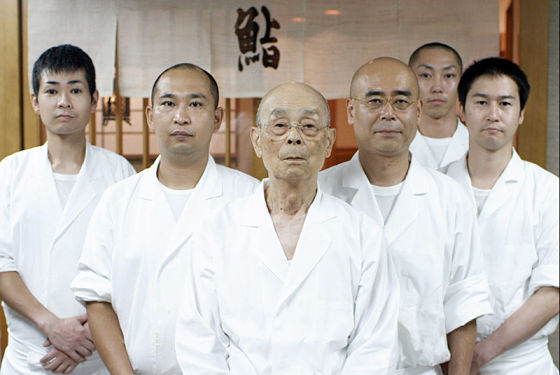
Make no mistake, each movie on our list is beautiful in its own way. But none are as beautiful, backwards and front, as the documentary “Jiro Dreams of Sushi.” It paints an intimate portrait of then 85-year-old sushi master Sukiyabashi Jiro, or just Jiro, and his Michelin three-star restaurant nestled in a Tokyo subway station.
Working for him are his two sons, the youngest, Takashi, who owns his own restaurant elsewhere in Tokyo, and the oldest, Yoshikazu, who stands to inherit the restaurant when his father dies. It’s hard to put into words the kind of effect “Jiro Dreams of Sushi” has on you. It’s meditative, focusing as much on the food as the people behind it.
As the title suggests, Jiro is simply driven to make the best sushi he can and provide service befitting that level of quality. To give you an idea of how high that level is, know that it takes 10 years to learn how to make his rice. After that decade, then chefs can move on to making the main courses. It’s a testament to the power dedication and one’s love of their craft. Beyond its subjects, it’s just a beautifully crafted narrative.
Director David Gelb is a documentarian like Jiro is a chef, fiercely meticulous with a knack for visual flair. Even then, both Gelb and Jiro are reaching for a deeper experience at every turn. While both consistently succeed, it raises the question: what is their version of “perfect”?
5. The Trip
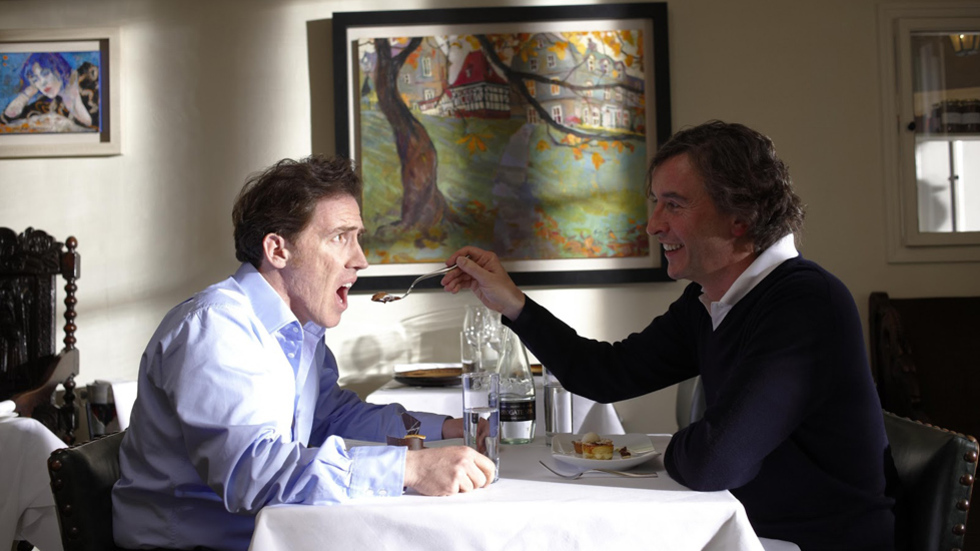
Released first as a BBC series, English director Michael Winterbottom’s second collaboration with Steve Coogan and Rob Brydon “The Trip” takes viewers on a food trek across the north of England.
Like their first effort, “A Cock and Bull Story,” Coogan and Brydon improvise their performances, and the result is a raucous and poignant excursion. Some may tire at Brydon’s endless stream of impressions, or Coogan’s self-obsession, but together they’re a comedic force to be reckoned with. Focusing on them, though, is a double-edged sword.
Unlike the other entries on our list, “The Trip’s” cuisine takes a backseat to the characters. This isn’t a bad thing. The characters are excellent, but the food is equally so. Coogan and Brydon are usually at odds, and the food brings them together only so much. So while their meals may be warm, their interactions often aren’t.
Knowing this, it might sound like “The Trip” lacks heart, but it doesn’t. Coogan and Brydon play exaggerated versions of themselves, and, with the encompassing eye of Winterbottom, they dig deep into the good and bad of stardom.